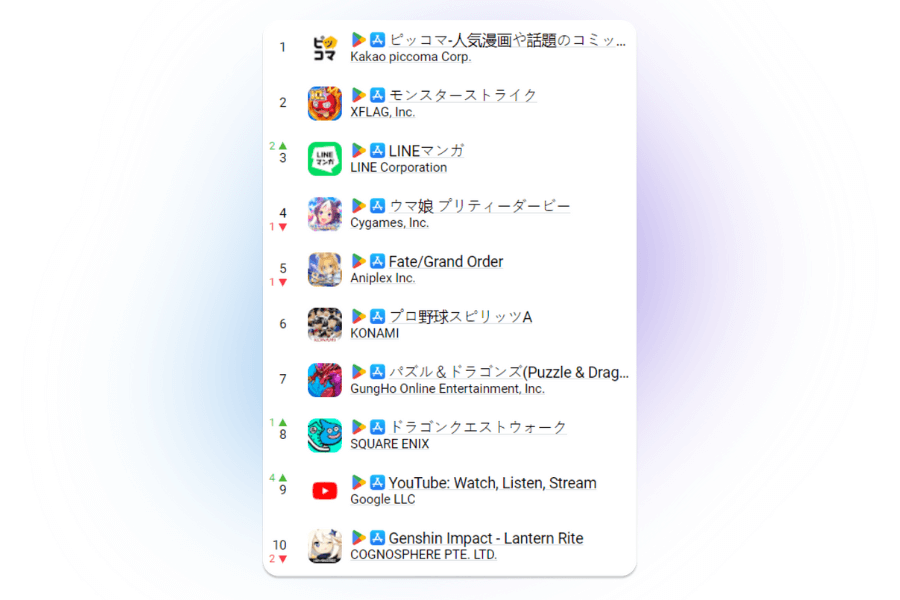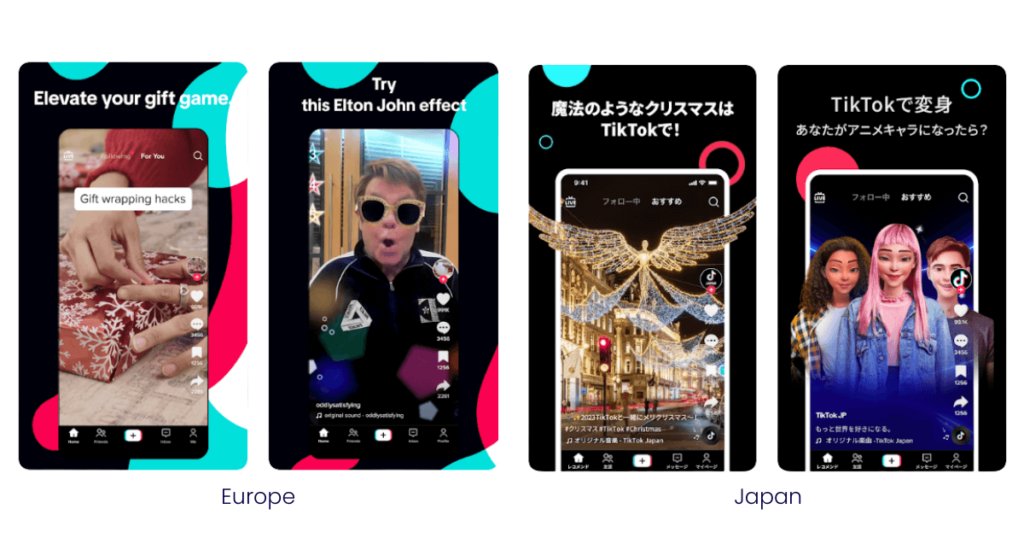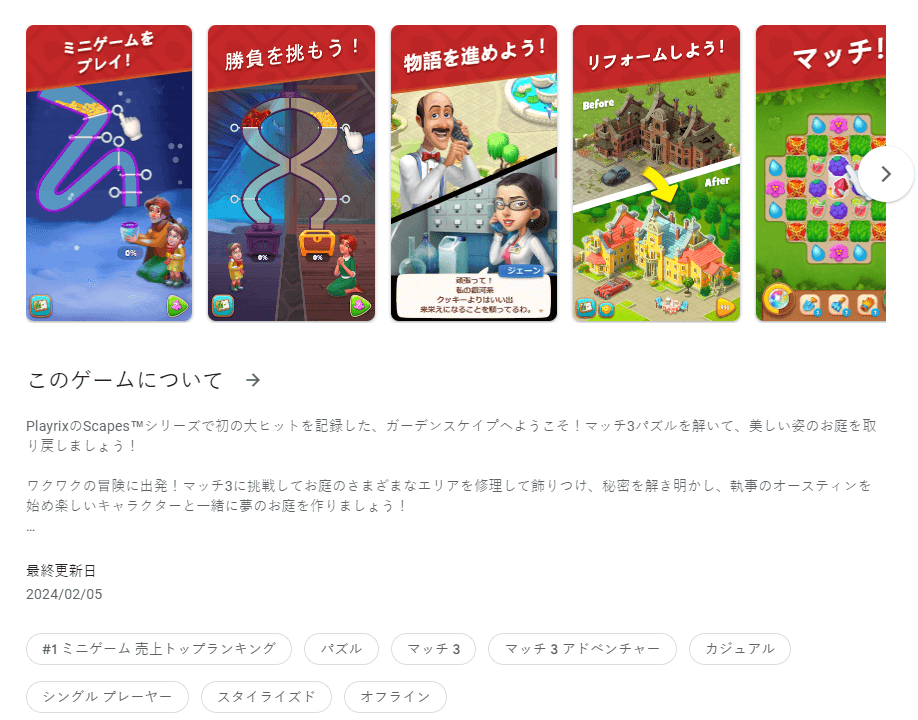Thinking about starting with mobile advertising in Japan?
You’re not alone in this. Many app marketers wish to break into this thriving mobile market.
However, for foreigners, this can be quite a challenge.
The thing is, you can’t approach the Japanese market the same way you approach Western or even other Asian markets. If you want to capture the attention of Japanese users, you must cater to their specific preferences and habits.
Before embarking on this adventure, it’s vital that you REALLY get to know the Japanese app market. To get you started, we’ve compiled the most important information and numbers on this market, along with some useful tips.
Japanese App Market in Numbers
The best way to understand how the Japanese market “breathes” is to analyze the numbers surrounding it. This gives you an overview of the target market trends, user demographics, and preferences.
These are the main app market statistics for mobile advertising in Japan.
Thriving Mobile Market
- Japan has approximately 98 million smartphone users, accounting for 78.8% of its population and growing year by year (Newzoo)
- There were 2.5 billion app downloads in Japan in 2023, which is slightly more than 2.4 billion in 2022, but less than 2.6 billion in 2021 and 2020 (data.ai)
- In 2023, Japanese users spent an average of 3.7 hours per day on mobile. Since 2020, this number has increased by 18%, making it the country with the fastest growth in time spent on mobile (data.ai)
- The top two age groups by time spent in mobile apps are people aged 35-44 and 25-43 (data.ai)
Big Spenders
What’s the main reason so many app developers want to enter to the Japanese market?
It’s quite straightforward.
Japanese app users spend a lot of money on in-app purchases.
Japan is not a major market by the number of users. Yet, year after year, it ranks among the top markets by global consumer spending. In 2023, the Japanese app market reached $17.9 billion in consumer spending, right behind China and the US, significantly larger markets (data.ai).
The majority of this revenue comes from mobile games.

Looking at the Japanese revenue top charts for 2023, it’s interesting that 7 out of 10 top-grossing apps were mobile games. According to data.ai estimates, in 2023, the Japanese mobile gaming market brought in a total of $12.6 billion in revenue.
iOS and Android Battlegrounds
Japan is one of those countries where roughly half of the population uses Android and the other half uses Apple devices. According to MMD, the market share of Android is 55.1%, and iOS accounts for 44.1%.
Both iOS and Android users in Japan are highly valuable, so it’s important to spread your marketing investments across both platforms.
User Preferences
To better understand how mobile advertising in Japan works, it’s also important to understand which apps people use and why.
According to AppMagic, the most downloaded mobile apps in Japan in 2023 were:
- TikTok
- Mynaportal
- Myna Point
- TVer
- Temu
This list gives you a solid overview of the most used mobile app categories on the market. While the majority of consumer spending comes from mobile games, Japanese users mainly use mobile apps for communication, entertainment, and practical purposes like public services, shopping, and banking.
Best Practices for Mobile Advertising in Japan
You now have a solid understanding of the Japanese app market.
Now, it’s time to answer the big question — how to approach mobile advertising in Japan?

Here’s what MAF’s Head of Japan, Tetsu Watanabe, says about this: “Japan is one of the biggest markets but it is not easy to succeed in it. One of the important things to understand is that Japanese people are very skeptical of new, non-Japanese things.
Because of this, marketers need to improve their products based on feedback from Japanese users and adjust small details like translations, creatives, and ad copies. If your UI/UX isn’t optimized for Japanese users, this can have quite an impact. The key to success in this market is to have locals who understand the culture and how to promote apps within the company or at your marketing partner company.”
Let’s get into more details.
1. Localize Text
If you want to succeed in mobile advertising in Japan, start by localizing your content.
The majority of people in Japan simply don’t understand English. Studies suggest that only 20-30% of people in Japan speak some level of English.
For this reason, it’s important to translate your app and its marketing materials into Japanese. This includes the in-app text, app store text, and mobile ad creatives.
If you’re thinking about doing this with your old pal Google Translate, be careful.
Japanese is a complex language with many nuances that translation tools might miss.
This language has four writing systems: hiragana, katakana, kanji, and romaji (Latin). Each of these writing forms is used for different purposes. For example, hiragana is used for native Japanese words, while katakana is used for words borrowed from other languages.
If you use the language poorly, you might end up confusing people — or worse. Because of this, it’s extremely important to have native Japanese speakers review your text.
2. Localize Style
Overcoming the language barrier is only the first step in localizing your app for Japanese users.
Another must is localizing its visual style.
Unlike Westerners who prefer clean and minimalistic aesthetics, the Japanese prefer a busier design style.

They appreciate colorful visuals and detailed information, so don’t shy away from using more colors and text. Japanese users enjoy imagery that provides detailed information about things like perks, dates, and offers.
When designing visuals for the Japanese audience, also take into account the Japanese “culture of cuteness”, known as “kawaii”.
Kawaii is an artistic style that highlights cuteness by using bright colors, and childlike and playful elements. Examples of kawaii include certain types of manga and anime, and characters like Hello Kitty, Tamagotchi, and Pokémon.
3. Analyze Social Platform Usage
When entering the Japanese market, think about which websites and apps your target audience uses the most.
According to Datareportal, the most popular social media platforms in Japan are:
- Line (92 million users)
- Youtube (78.4 million users)
- Twitter/X (67.4 million users)
- Instagram (45.7 million users)
- TikTok (20.7 million users)
- Facebook (15.05 million users)
As you can see, except for Line, the Japanese use the same social media channels as Western users.
However, there are some important differences in HOW they use them.
For example, in the West, people use Facebook to connect and share with family and friends. Meanwhile, in Japan, Facebook is mainly used for business networking. While this might be a good platform to promote finance and utility apps, it might not be a great place for mobile games.
Considering these differences, it’s important not to pour your ad budgets into traditional ad networks that work well in other markets. Instead, we recommend testing different ad networks to identify the most effective channels for reaching your target audience.
4. Tap Into Seasonal Marketing
Just like how Americans get excited about Thanksgiving and Halloween, the Japanese also relate to certain seasonal marketing campaigns.
By leveraging seasonal marketing, you can demonstrate your cultural awareness to Japanese users. You can do this by including seasonally appropriate color schemes, messaging, and images in your ad campaigns.
To do this successfully, you’ll need to understand what the Japanese expect from which season. For example, spring is reserved for Sakura (cherry blossom) elements, summer for celebrations, and autumn for visuals like leaves and fireworks.
5. Put Extra Effort into ASO
Just like in the rest of the world, ASO plays an important role in mobile advertising in Japan.
In fact, Japanese users heavily rely on app store search bars to discover mobile apps. According to research from Aix, 90.7% of Google Play store users and 76.3% of iOS App Store users use the app search function.
What can you do to grab their attention?
Unfortunately, having your app store listing translated won’t be sufficient. Here are some other strategies you can use to optimize your app store pages for the Japanese market:
- Optimize keywords with “hiragana” writing. Most of the time, Japanese users search the app stores using this writing form.
- Use a subtitle format for app descriptions. The Japanese prefer text that has been broken up into bullet points that highlight key points.
- Localize visual assets. Aside from having localized text and ASO keywords, it’s recommended to create visuals that resonate with the Japanese audience.

6. Customize Apps for User Preferences
If you have a mobile gaming app, we have some extra tips for you.
Japanese mobile gamers have certain preferences that separate them from players in other countries.
For example, they have a positive attitude toward gacha monetization.
In games with gacha features, players make lucky draws to get random rewards. While this monetization system is considered controversial and even predatory in other markets, the Japanese enjoy it and think of it as a part of their culture.
Moreover, Japanese players have a strong preference for multiplayer experiences and social features. If you take a look at the top games in the Japanese market, you’ll notice most of them have competitive or co-op gameplay.
All in all, if you want your game to succeed in Japan, it’s important to learn about user preferences, encourage user feedback, and make adjustments accordingly. Doing so should also give a boost to your mobile ad campaigns, as you can expect better ROAS and retention rates.
Get Started With Mobile Advertising in Japan
Our final piece of advice?
Don’t get intimidated by the challenges of mobile advertising in Japan.
The key to succeeding in the Japanese market is to find a reliable partner to guide you through the entire process. At MAF, we have a dedicated Japanese team and years of experience in promoting different apps in the Japanese market. Reach out to us and let’s craft an amazing marketing strategy for your app!







